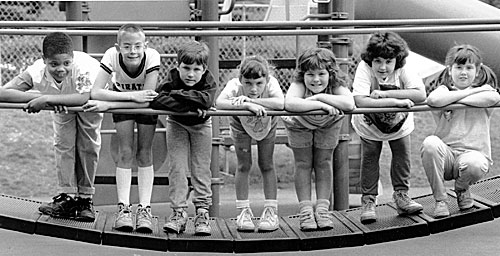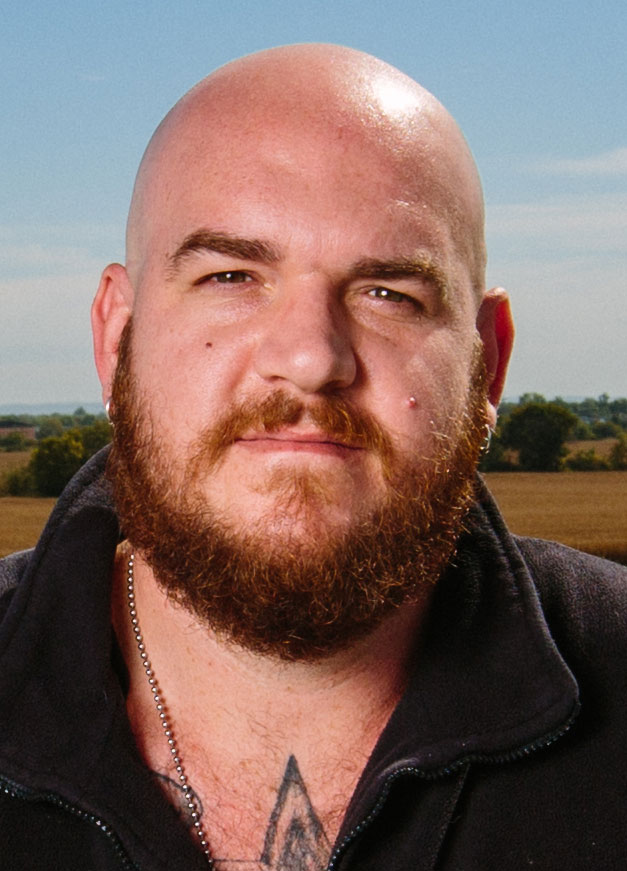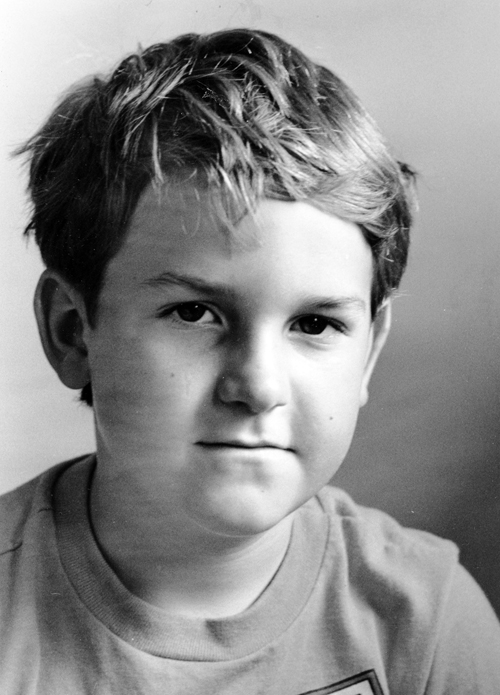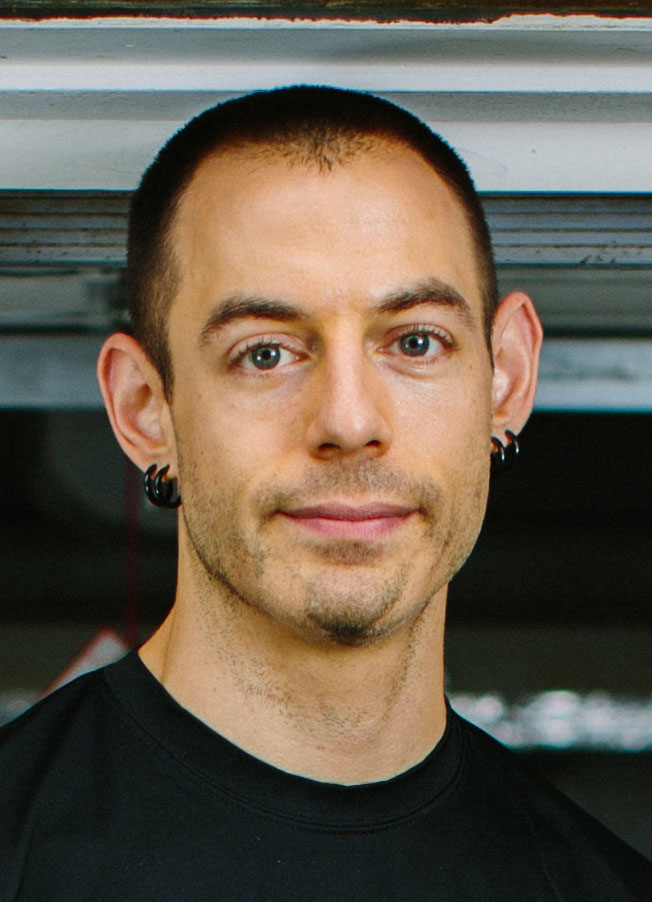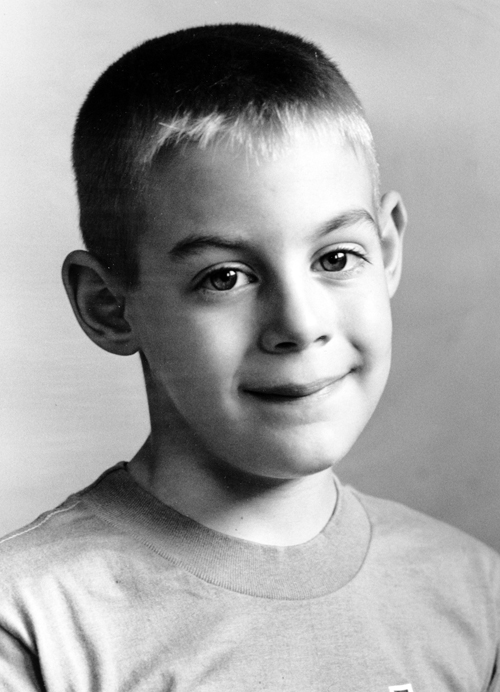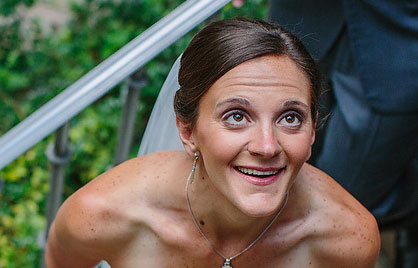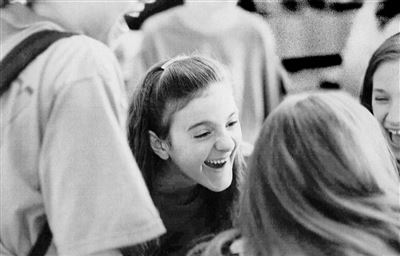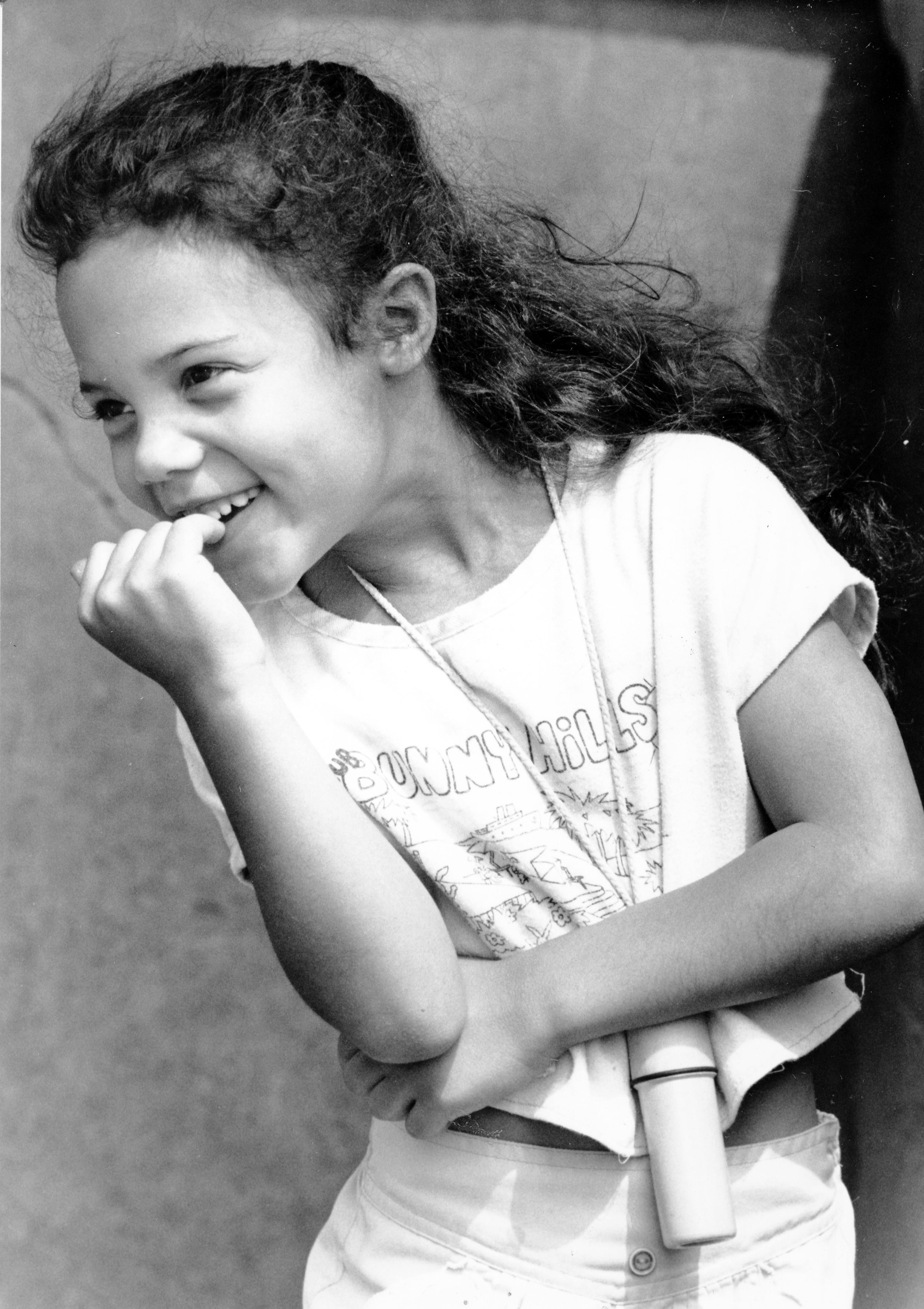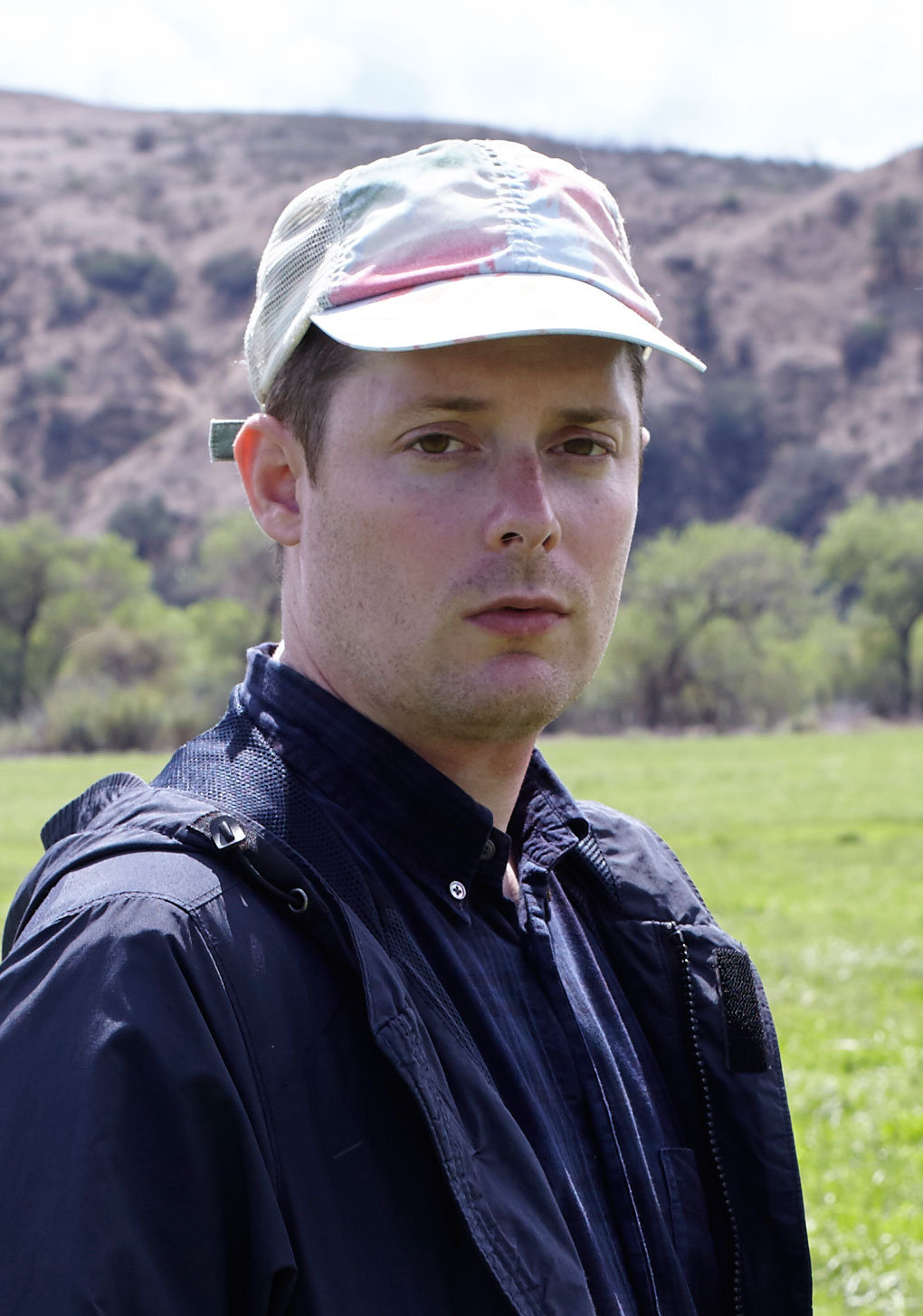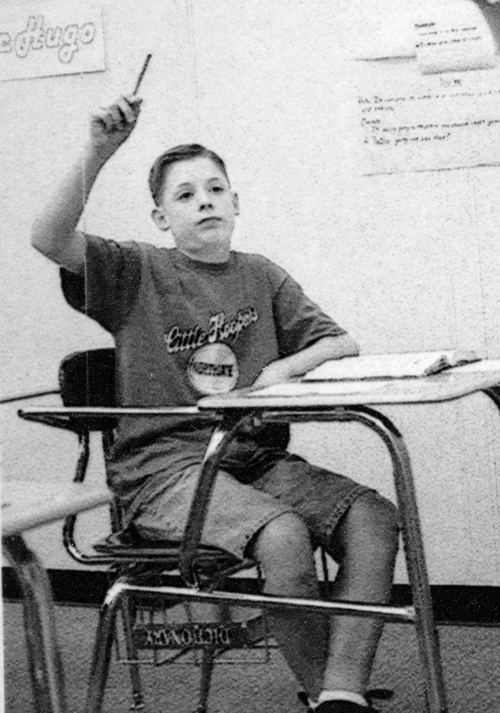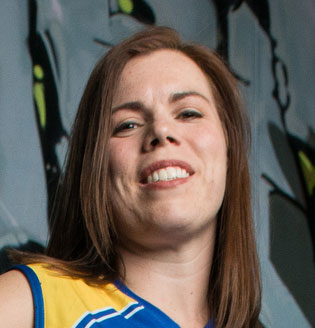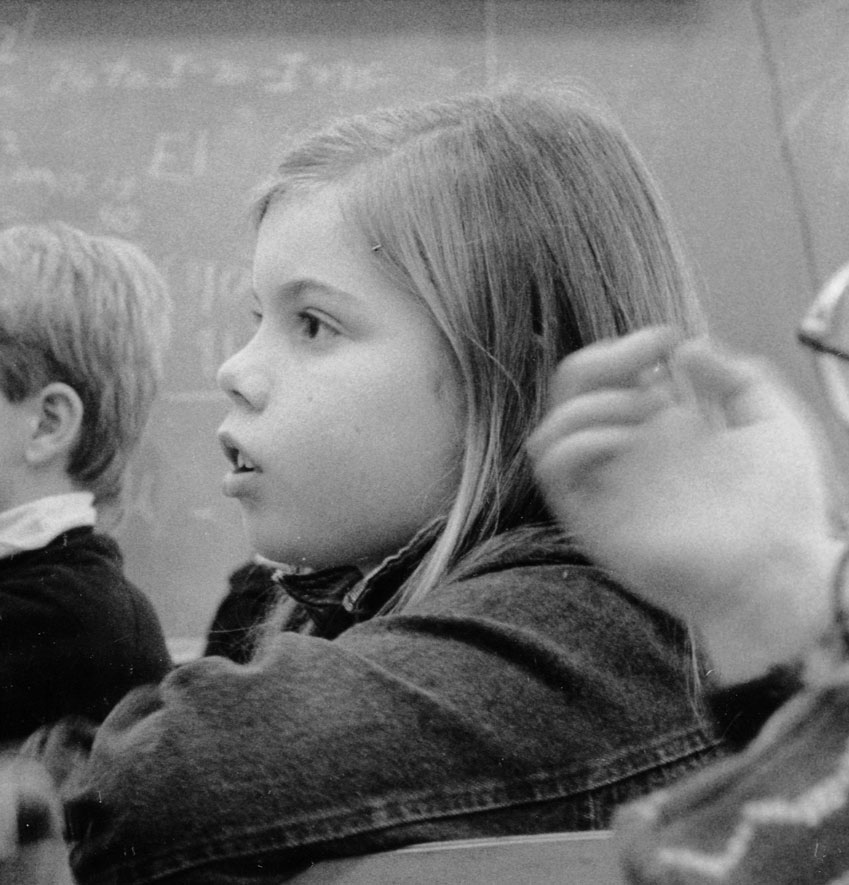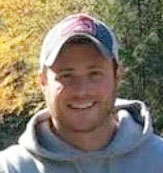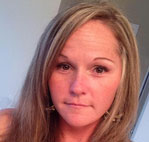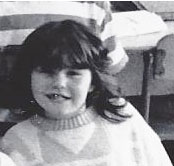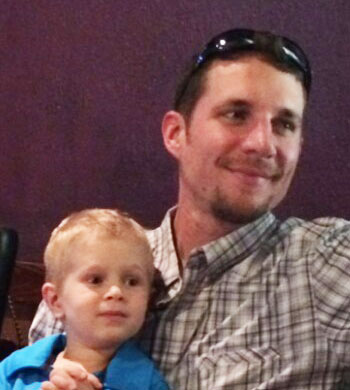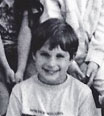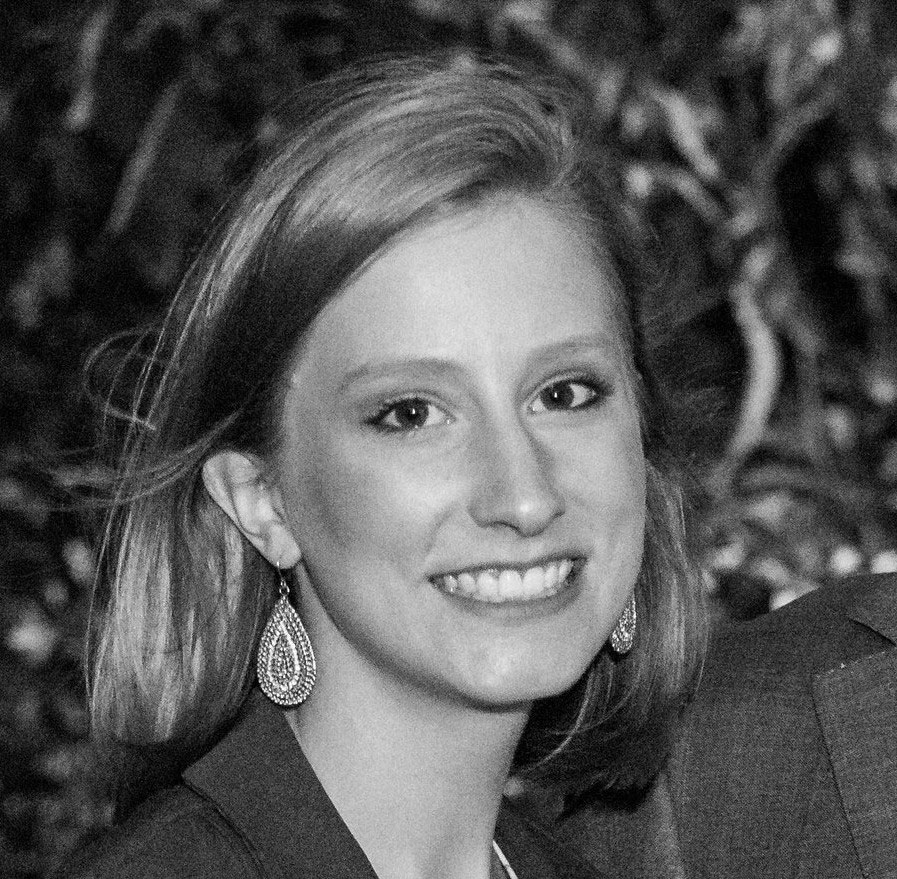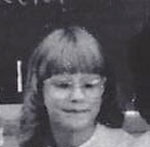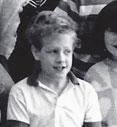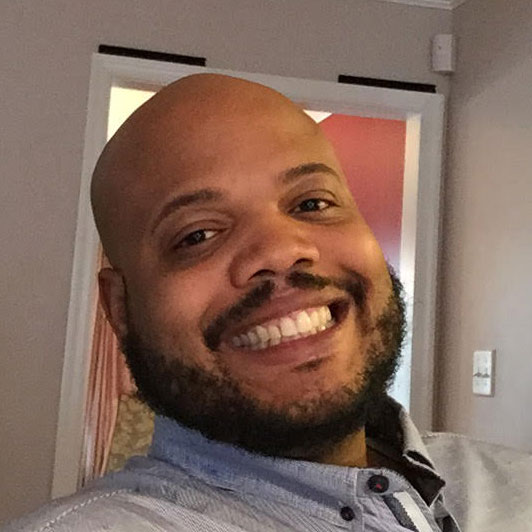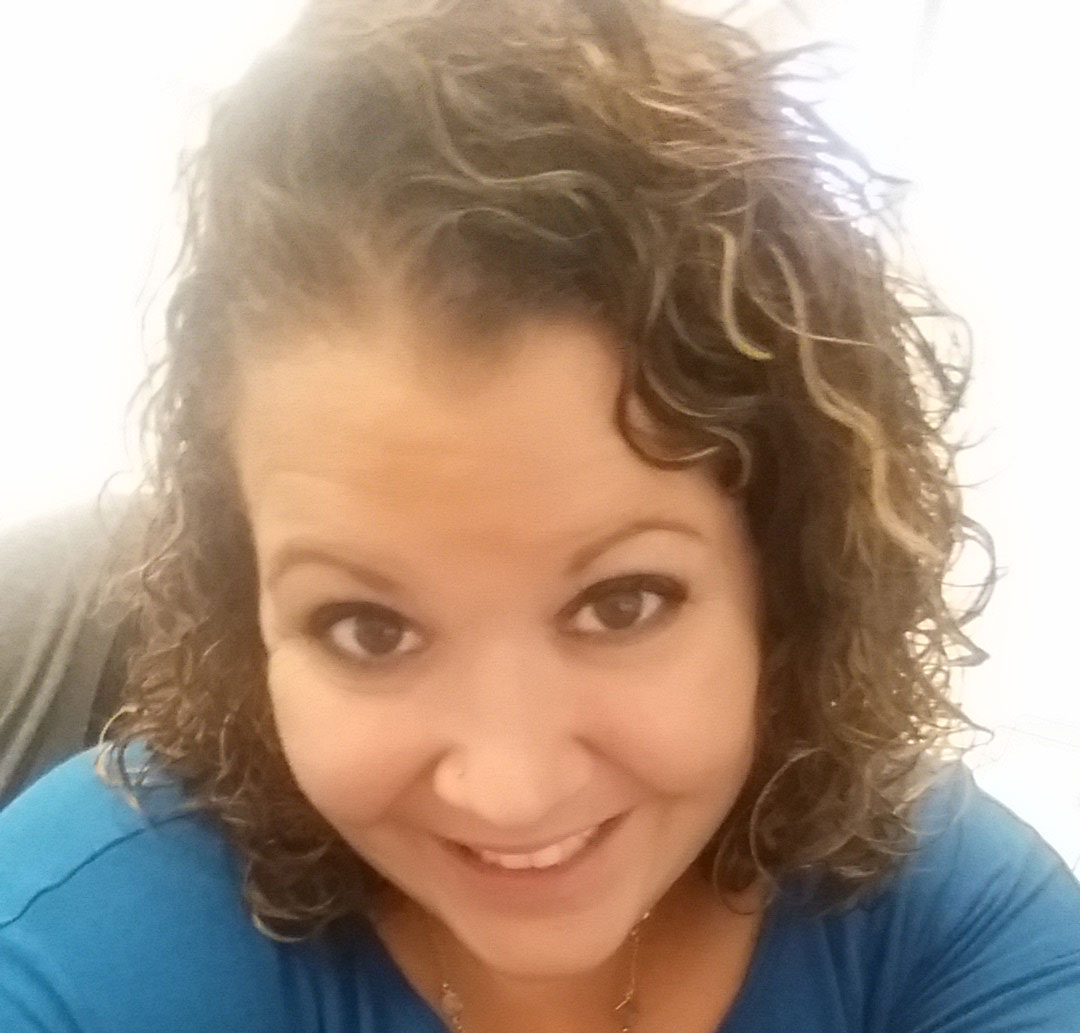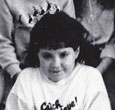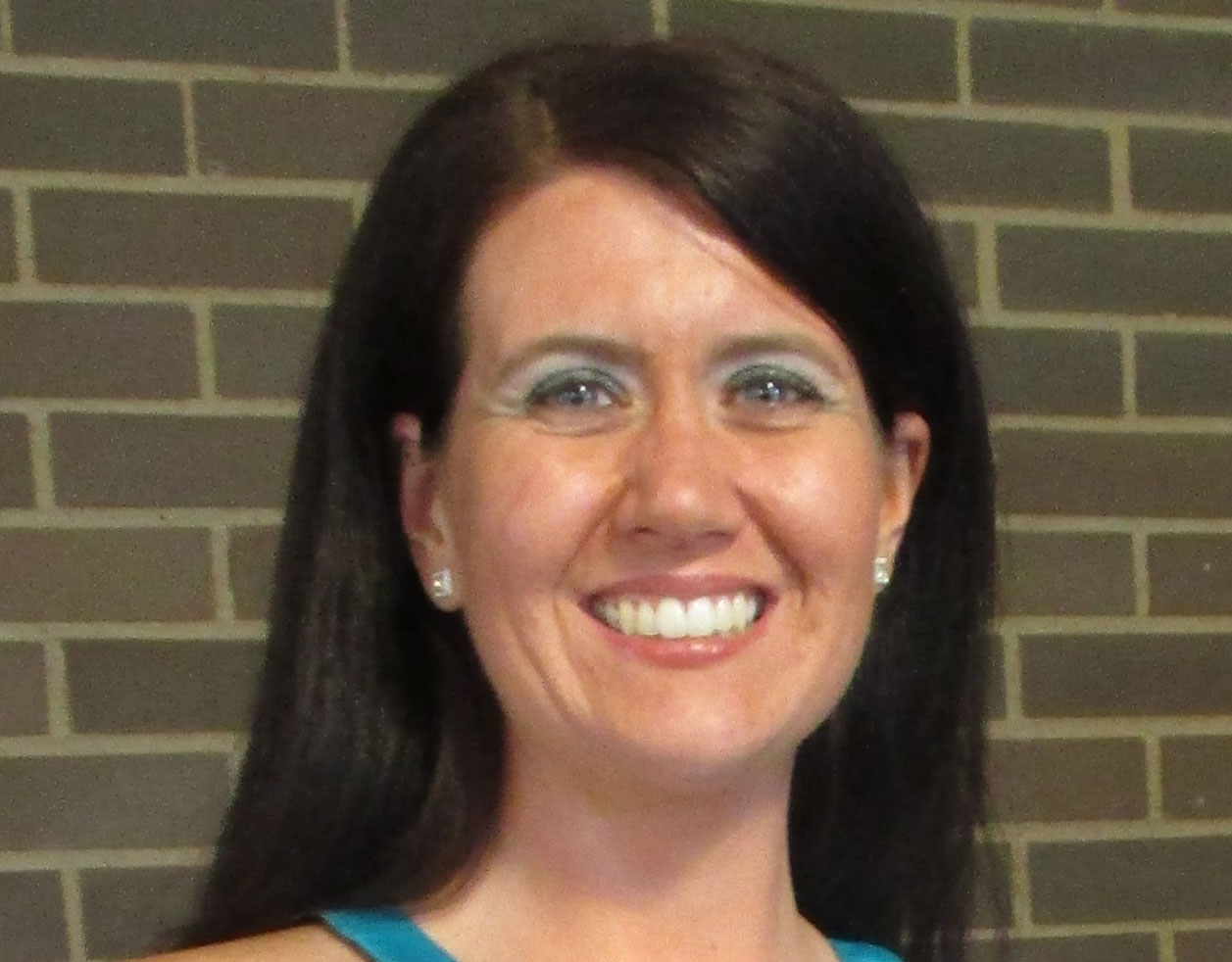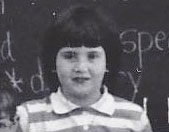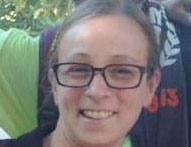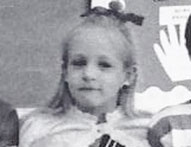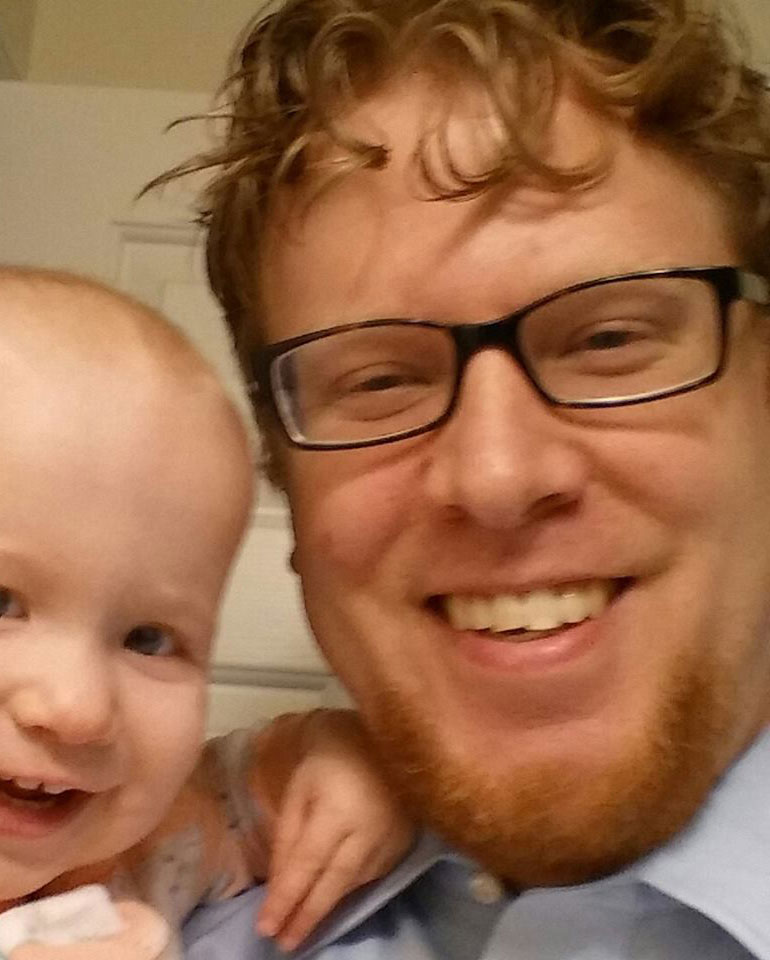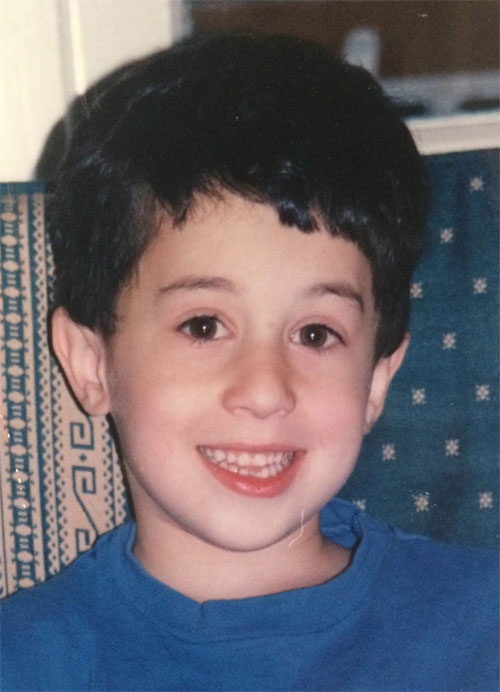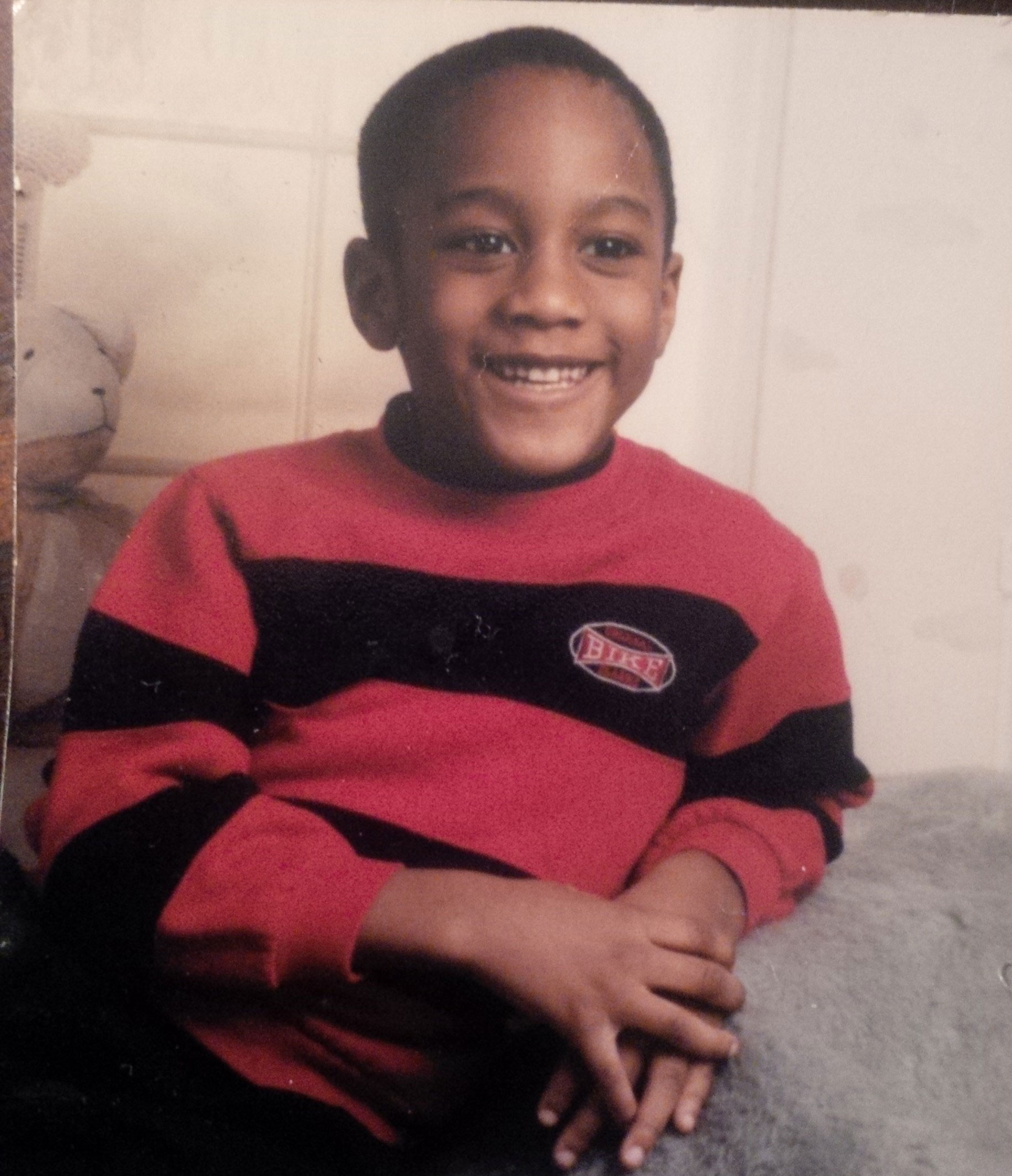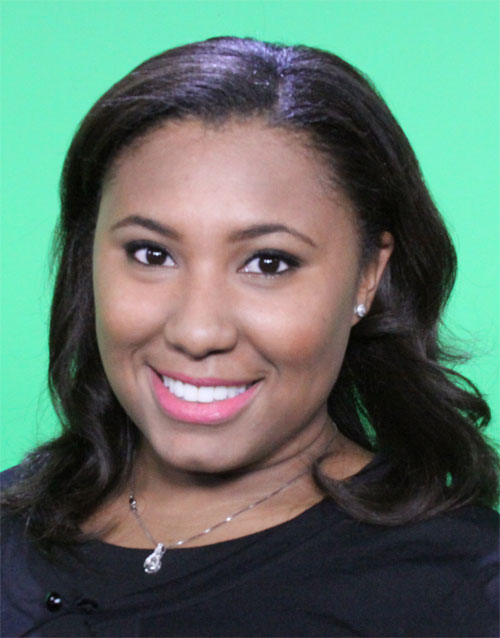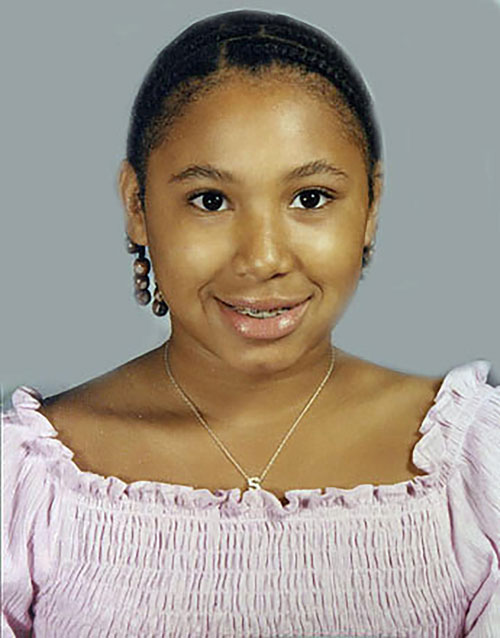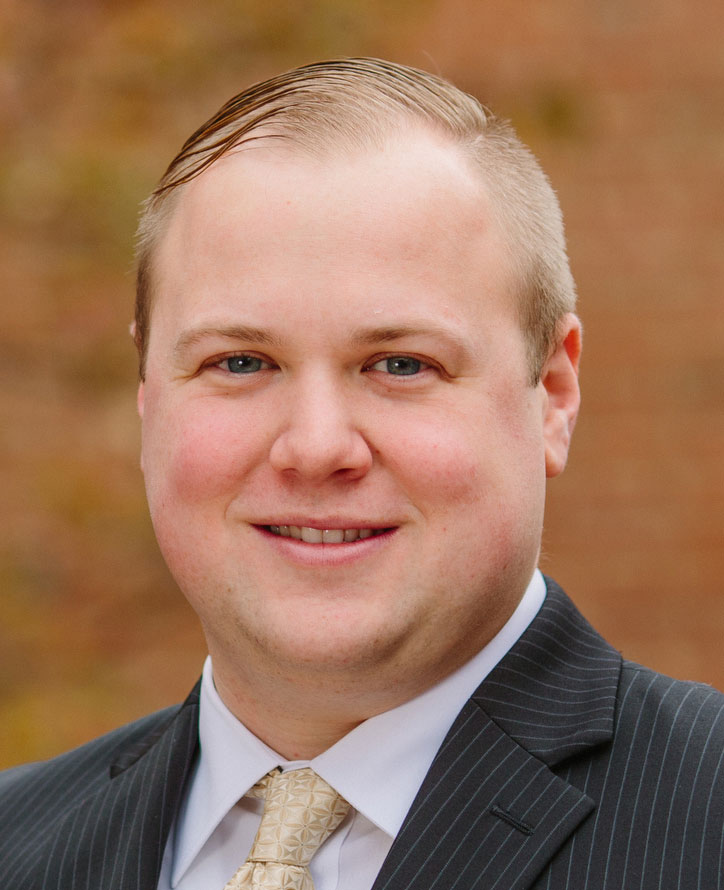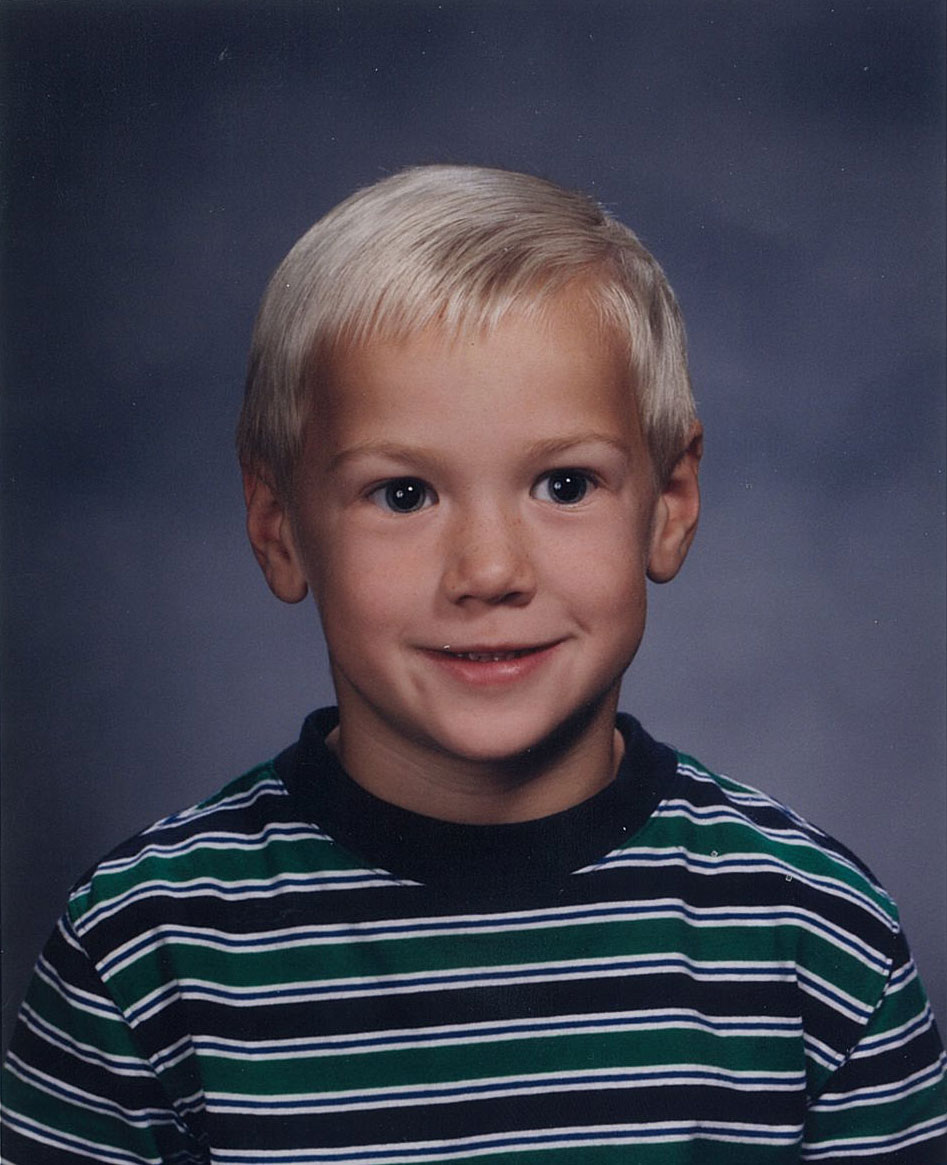Liberal, tech-savvy generation takes center stage in the American population
No generation has been more exhaustively analyzed at a young age than the millennials, the Americans born between 1980 and 2000.
In just one recent day, these headlines appeared: Will millennials save the country or sabotage it?; Millennials like some majors more than their baby boomer parents; Businesses use different tactics to lure cautious millennials to buy; and A third of millennials whip out their cellphones in public “for no particular reason.”
In stories that seem to hit the Web every hour, millennials have been called selfish, narcissistic and lazy, as well as altruistic, hardworking and kind.
“New generations always attract fear and resentment from older people,” said Neil Howe, a historian and head of the consulting firm Lifecourse Associates in Great Falls, Va. “Millennials actually enjoy being in the public eye and being talked about, and one of their cardinal traits is this idea of collective specialness.”
Special or not, this year, the millennials became the biggest generation in America, consisting of 83.1 million people, nearly 8 million more than the aging baby boomers.
They are coming on strong in Pittsburgh as well, and to bring them to life, the Pittsburgh Post-Gazette is taking two approaches.
First, we have tracked down members of a previous newspaper project called the Class of 2000, in which we followed a group of students in the Northgate School District from the time they entered first grade in 1988 to when they graduated from high school in 2000. This group is now in its early 30s, and its members make up the oldest edge of the millennials. Second, we are taking a look at some of the graduates from Gateway School District’s Class of 2010, who are in their early 20s.
Together, they will provide a portrait of how local millennials fit the trends that demographers love to talk about — and the ways they differ.
Here are a few of the characteristics that millennials are known for.
Student debt
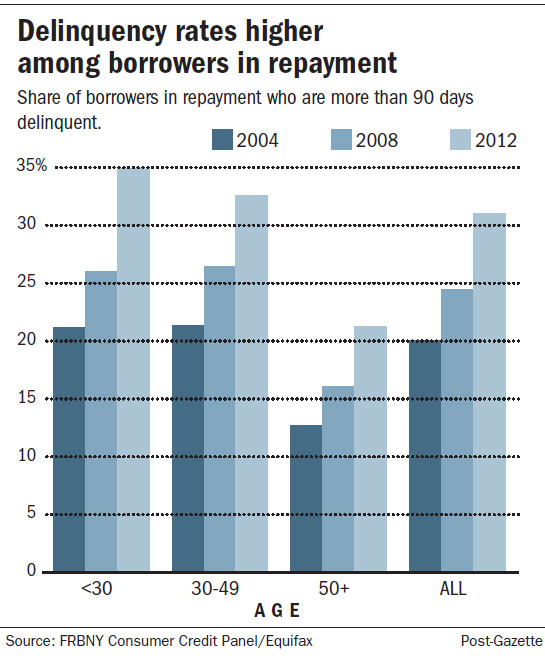
No generation in America has entered adult life with so much debt hanging over its head.
“The typical student today has debt of about $30,000, which is double the size in real dollars of student debt a generation or so ago,” says Paul Taylor, a former executive at the Pew Research Center and the author of the 2014 book “The Next Generation: Boomers, Millennials and the Looming Generational Showdown.”
And that debt has sent ripple effects through the generation’s other behaviors, he says.
“This is a part of a syndrome where young adults are taking longer to reach the traditional milestones of adulthood — finding a job, getting married, buying a house, buying a car. And one of the reasons for that is this albatross of student debt.”
The only thing that is worse than having the debt, Mr. Taylor says, is not having a college degree at all.
“The income gap between college-educated and non-college-educated people is bigger than ever before,” he says. “The only thing that is more expensive than going to college is not going to college.”
Political orientation
The millennials are the most politically liberal generation since the World War II generation, demographers say.
But where the World War II cohort was shaped by the Depression to support Franklin Roosevelt’s liberal economic policies, the millennials have been raised to value diversity on social issues, says Morley Winograd, a consultant and co-author of the 2011 book “Millennial Momentum: How a New Generation is Remaking America.”
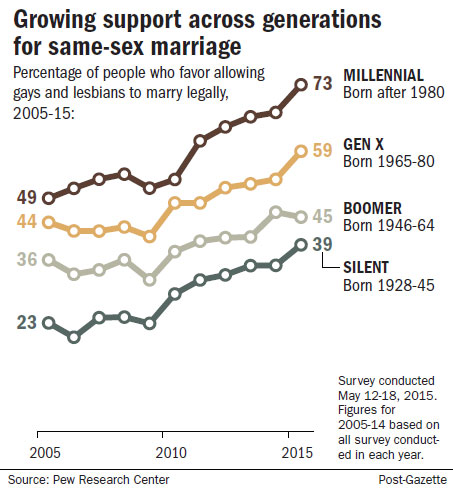
For the World War II generation, “their liberality was more about economic and political issues than personal attitudes,” he says. “The GI generation learned about other people in the boot camps of WWII and would not exactly be thought of as a tolerant generation.”
Millennials as a group, on the other hand, are very open to same-sex marriage, interracial and interethnic relationships and immigration, partly because 1 in 5 of them is the child of an immigrant, and four out of every 10 are non-Caucasian.
Although some have argued that millennials may grow more conservative as they have children and approach retirement, others doubt it.
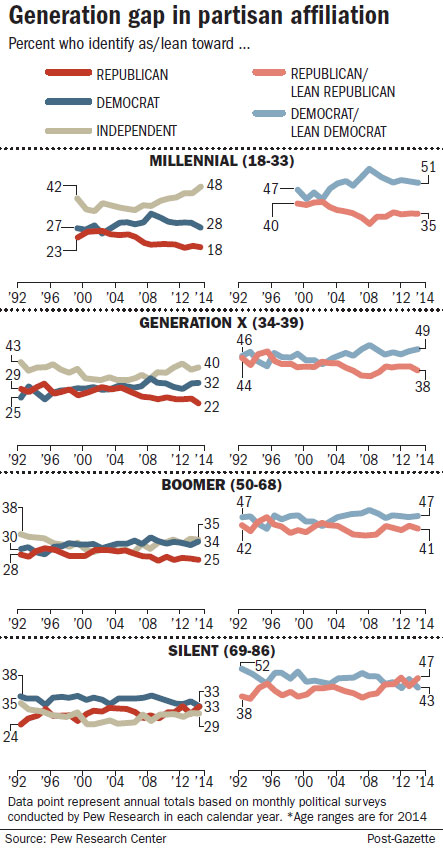
Frank Newport, editor in chief at the polling firm Gallup, says one study his organization did of older millennials now in their 30s shows they were just as likely to identify as Democrats in 2013 as they were in 2003, and other work has shown that boomers tend to have the same political orientation today as they did in their 20s.
It’s hard to know what impact this will have on practical politics, though, he says, because Hispanics and minorities have not turned out to vote at the same rate as non-Hispanic whites. “If the Democrats could get young people and minorities to vote in the same proportions as older white people do, it would make a much bigger difference in elections than it does now.”
Religion and volunteerism
The decline of traditional religious groups in America has been well-documented, but millennials have brought that trend into sharp relief. More than 30 percent of this age group say they aren’t affiliated with any religion, a subset known as the “nones.”
Although there is no evidence that this separation from religion has caused millennials to engage in less volunteer or charitable work than previous generations, there also are no signs that they are especially altrustic, says Mr. Taylor. “Some cynics have said that if volunteerism has gone up at all, it’s because high schools have made it a requirement for graduation.”
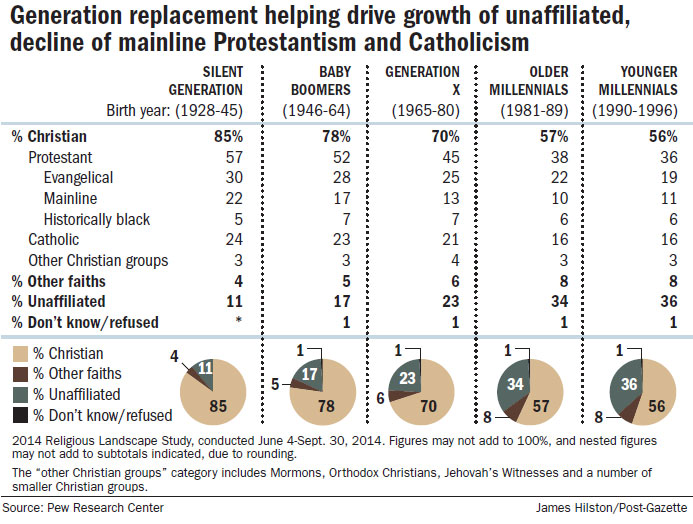
The way in which younger people carry out volunteer work is very different, though, he says.
“Someone described millennials as the first pre-Copernican generation, because the universe really can revolve around them,” he says. “They can go online, and find whatever group is important to them and they can place themselves in that network.”
Retirement
Many millennials simply don’t believe Social Security will be around when they retire.

“By and large today’s taxpayers support today’s retirees, and we’ve gone from a 5 to 1 ratio of workers to retirees several decades ago, to 3 to 1 now, and by the time all the boomers turn 65 we’ll be at 2 to 1, and at that point the math just doesn’t work anymore,” Mr. Taylor says.
The millennial view is not born from an opposition to the goals of Social Security but is a practical forecast, he says. “Young adults see that because of Social Security, grandma is OK, but they are absolutely justified in believing that Social Security is not going to be there for them in the same way. Will it disappear entirely? That’s hard to imagine.”
There has been some recent evidence that millennials are starting to put more emphasis on savings for retirement, but younger millennials especially were hit hard by the recession and still have heavy student debts to deal with.
Despite that gloomy picture, millennials remain a pretty optimistic group, he says.
“I think someone my age would say to them, looking at the economic data, you have been kind of screwed here. And their attitude is, look, it’s going to be just fine, and their empowerment comes from the fact that never before in history has a 20-year-old been able to place himself or herself in the middle of a network of friends and acquaintances, and tell your story any way you want to.”
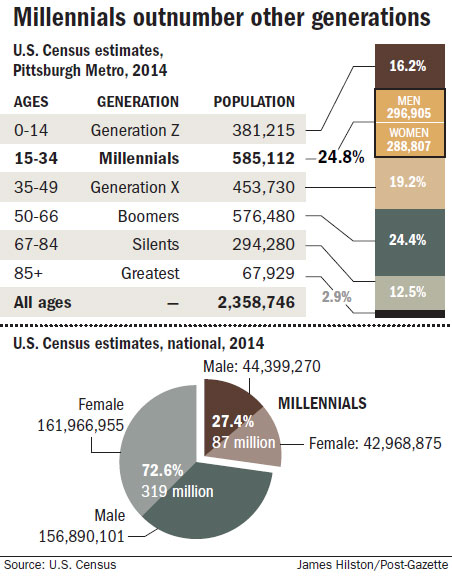
Read more
Rough approximations of the generations:
| Name | Birth years |
|---|---|
| Millennials | 1980-2000 |
| Generation X | 1965-1979 |
| Baby Boom | 1946-1964 |
| Silent Generation | 1925-1945 |
| G.I. Generation | 1901-1924 |


